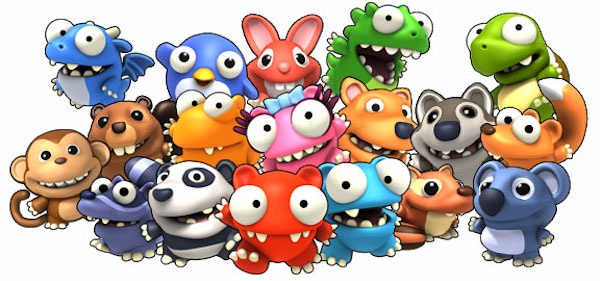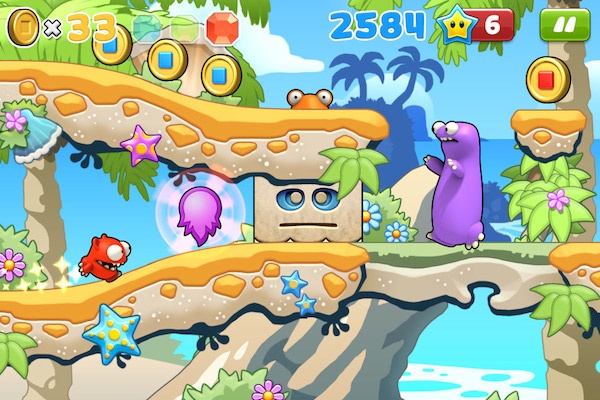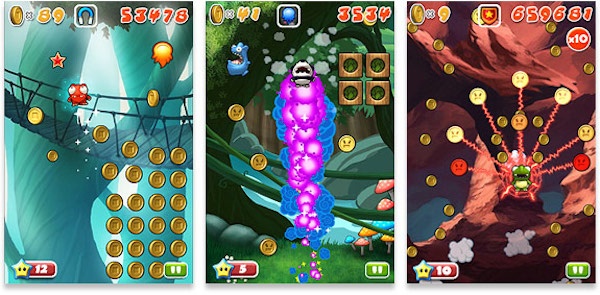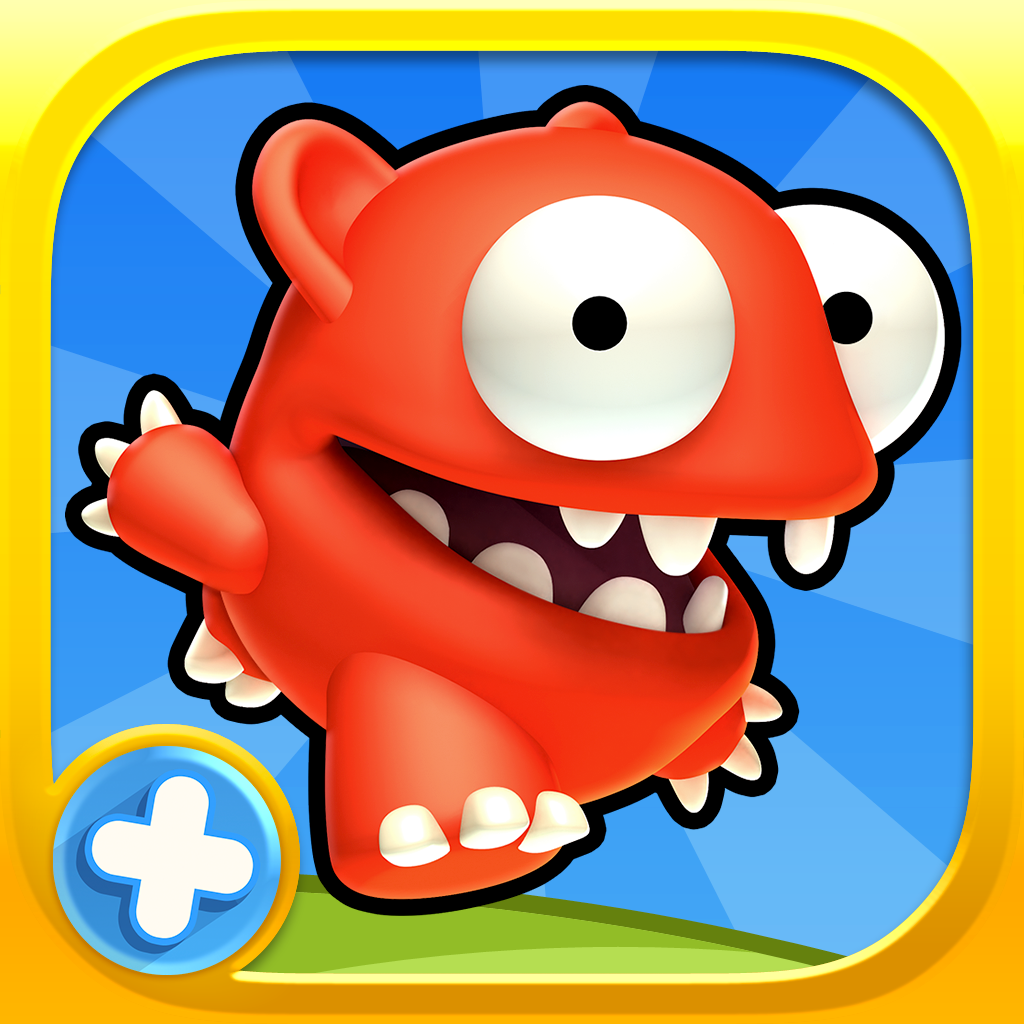Get Set Games And The Choice Between Free To Play and Premium Pricing
Steadily evolving over the years, Get Set Games' Mega Run and Mega Jump have seen quite significant changes. Mega Jump was initially released in 2010 as a premium title, before being made free to play in 2011, alongside the release of similarly free to play Mega Run. Now it seems that things have come full circle with the renamed and remodeled premium titles, Mega Run Plus and Mega Jump Plus.

Given the change of strategy from Get Set Games, we took the time to talk to Derek van Vliet, one of the co-founders of the company, to find out more about the thought process.
148Apps: In the past few years you've jumped between premium pricing and free to play, resulting in both varieties catered for on the App Store. How come? Why the change in pricing model?
Derek van Vliet (DV): That’s true. Mega Jump started as a paid app in May 2010. Shortly thereafter we ran a couple of “free game of the day” promotions which showed us that the game could earn more as a free app with in-app purchases than it could as a paid app. So in August 2010 we switched it to Free permanently.
Since then we’ve added a number of new monetization features that make it hard to go back to being a premium game (primarily interstitial advertising). At the same time, we heard from lots of players that they would like to be able to buy the game up front and get all of the content in the game and not have to deal with the ads. These new paid versions of Mega Jump and Mega Run serve that demand. They are the same awesome games, but free of ads and all of the additional level packs are available to unlock for free.

148Apps: Do you regret going down the free to play route before?
DV: Not at all. We’ve been able to grow a fantastic company in large part due to that decision. We’re going to continue to release games that make people say “I can’t believe this is free”.
148Apps: Have such models affected how games are developed?
DV: Indeed they have. It has caused us to have to focus a lot of resources on systems that increase engagement, monetization, and virality. Things like Facebook-connected leaderboards and consumable power-ups. The player-facing components of these systems most often take the form of UI and as such, a lot of our development resources have been focused on enabling us to design and present large amounts of user interface in our games.
It also puts a large emphasis on the importance of being able to change the content of our games at a moment’s notice. So a considerable amount of the effort we put into making games goes into making the experience configurable over the air.

148Apps: What do you think works best between free to play and premium?
DV: Regardless of free to play or premium, what works best is delivering a high quality experience to the player. We've always strived to produce games that are brimming with fun and humor and we find that resonates with people in both the free to play and premium markets.
148Apps: What do you think the future is for the iOS pricing model?
DV: I think we're going to continue to see free games dominate the top grossing charts for the foreseeable future. That being said, as iOS heads towards 1 billion users, even if only 10% of the money that is spent goes towards paid apps, that will continue to be a large opportunity for premium games.
Thanks to Derek for taking the time to answer our questions. Mega Jump Plus and Mega Run Plus are available on the App Store now, priced at $0.99 each.





